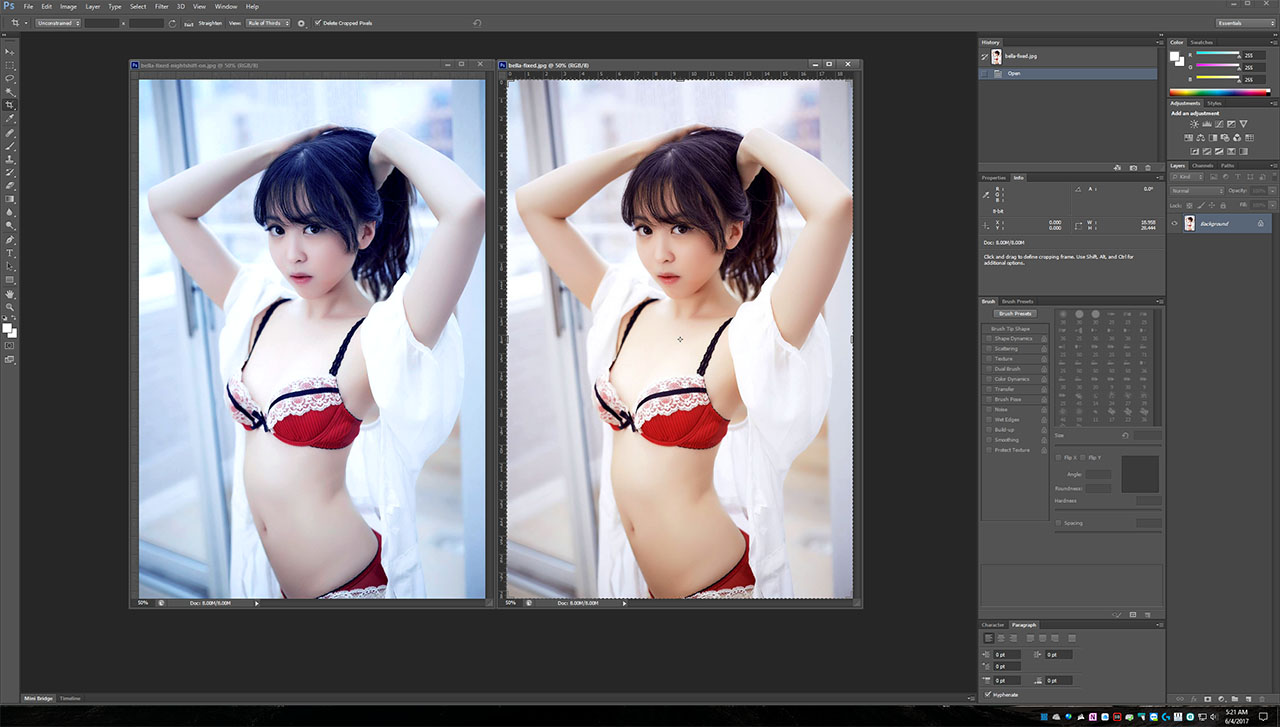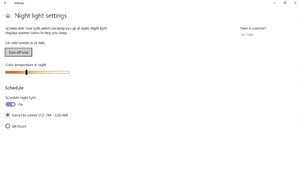Comixbooks
Fully [H]
- Joined
- Jun 7, 2008
- Messages
- 22,019
Blue Light Reduction Mode....
At first I tired with while upgraded with the Creators update and a 1080ti card the same week. I had very mixed results my eyes were killing me at work while not being at home. I think the Nvidia drivers had to mature for a few driver sets now Night Light setting feels pretty good with some adjustments. I never liked Flux the reason being it would reset your Monitor profile to default and it would take away whatever Nvidia presets you had on the desktop settings or AMD if you have that.
Otherwise I think the Night Light setting improves your eyeball focus outside of your monitor life instead of being in a Dead lock stare at the mercy of a lcd screen.
At first I tired with while upgraded with the Creators update and a 1080ti card the same week. I had very mixed results my eyes were killing me at work while not being at home. I think the Nvidia drivers had to mature for a few driver sets now Night Light setting feels pretty good with some adjustments. I never liked Flux the reason being it would reset your Monitor profile to default and it would take away whatever Nvidia presets you had on the desktop settings or AMD if you have that.
Otherwise I think the Night Light setting improves your eyeball focus outside of your monitor life instead of being in a Dead lock stare at the mercy of a lcd screen.
![[H]ard|Forum](/styles/hardforum/xenforo/logo_dark.png)


